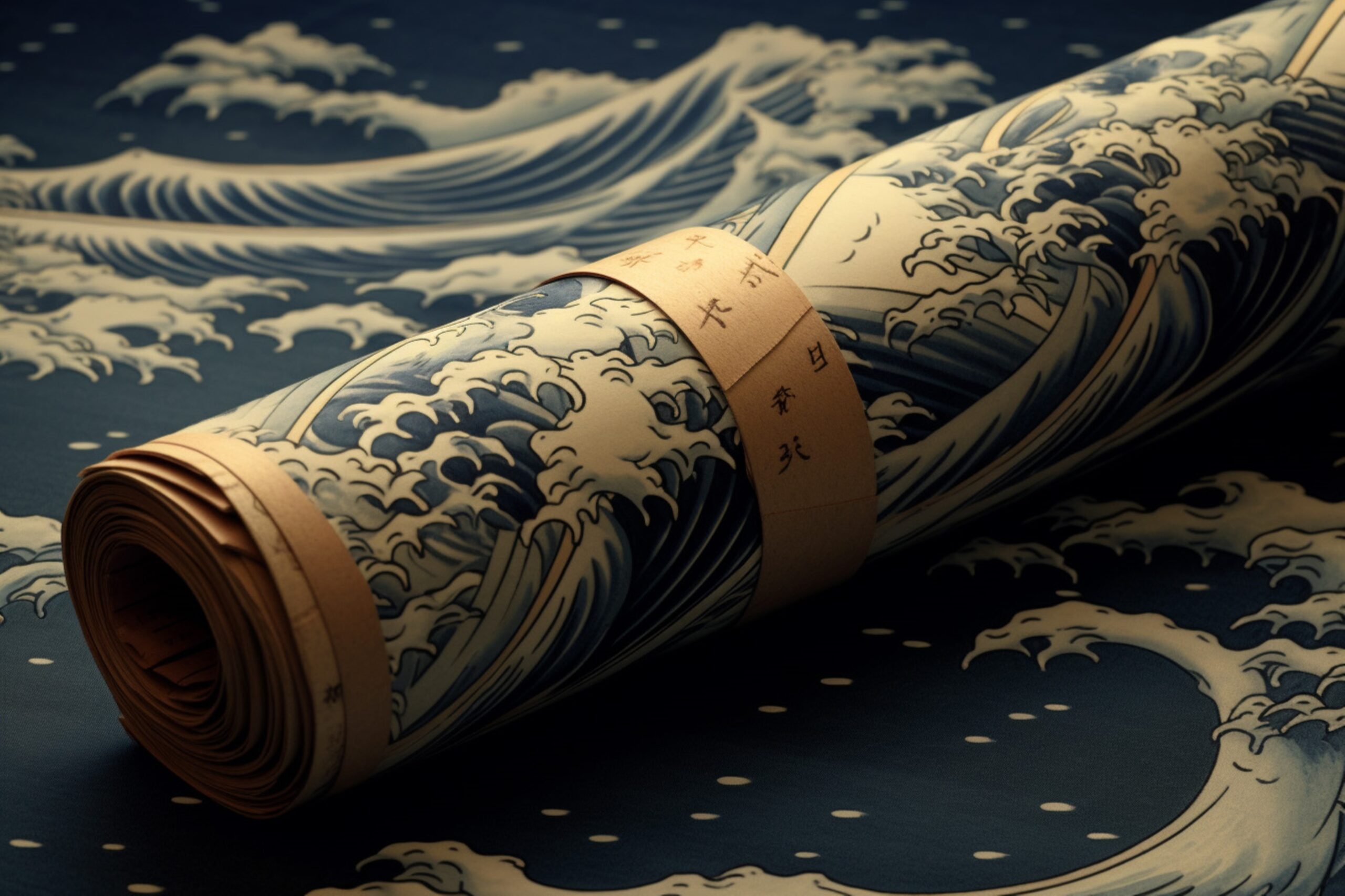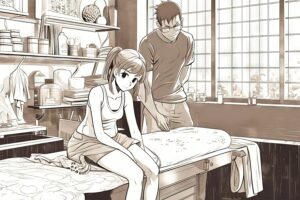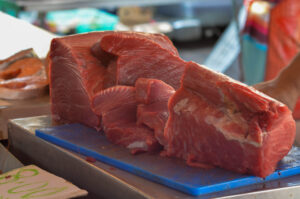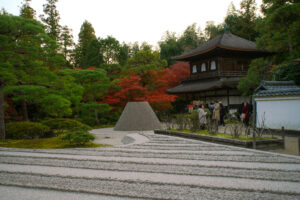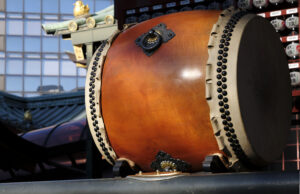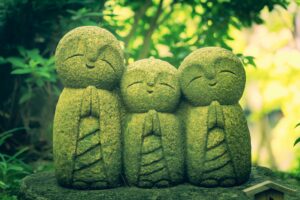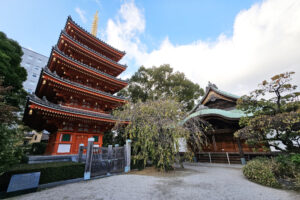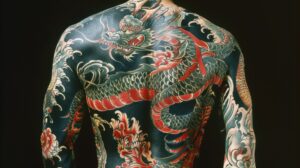The art of Japanese scroll painting stands as a testament to the country’s rich cultural heritage, weaving together threads of history, spirituality, and aesthetic beauty. From the earliest emaki narrative scrolls to the serene kakejiku hanging scrolls that adorn traditional Japanese rooms, these artworks encapsulate the timeless elegance inherent to Japanese art. This article delves into the world of Japanese scroll paintings, exploring their origins, themes, and the meticulous techniques behind their creation. As we uncover the stories these scrolls tell and the impact they have had both within and beyond Japan’s borders, we pay homage to an art form that continues to enchant and inspire.
Unveiling the Charm of Japanese Scroll Paintings
Japanese scroll paintings, with their unique blend of visual art and literary narrative, offer a window into the soul of Japan. Unlike their Western counterparts, these scrolls are not merely to be viewed; they are to be read, understood, and felt. The artistry of scroll paintings lies in their capacity to convey emotion and story through a combination of ink, paper, and silk. Each scroll serves as a historical document, capturing moments of imperial elegance, warrior ethos, and the everyday life of the common people. The allure of these paintings is timeless, transcending the era of their creation to resonate with contemporary audiences.
A Journey Through Time: The Origins of Scroll Art
Scroll painting in Japan traces its roots back to the Heian period (794-1185), drawing significant influence from Chinese and Korean artistic traditions. Initially, scrolls were primarily religious texts, adorned with illustrations that helped convey Buddhist teachings. Over time, the form evolved, giving rise to the emaki-mono, or narrative scrolls, that depicted tales of romance, heroism, and the supernatural. These early scrolls were more than just art; they were a means of storytelling, combining pictures and calligraphy in a seamless flow that engaged viewers in a dynamic experience.
The Brushstrokes of History: Styles and Themes
Over the centuries, Japanese scroll painting has embraced a wide array of styles and themes. From the Heian period’s Yamato-e style, with its distinctively Japanese subjects and bold color palette, to the minimalist zen-inspired ink paintings of the Muromachi period (1336-1573), diversity is key. Common themes include the fleeting beauty of nature, the seasons, historical events, and literary classics such as "The Tale of Genji." Scrolls also frequently depict religious and mythological motifs, offering insights into the spiritual life of Japan.
Emaki: The Narrative Scrolls of Japan
Emaki, or narrative scrolls, represent a fascinating genre of Japanese art. These scrolls blend visual and textual storytelling in a format that predates modern comics and graphic novels. Through detailed illustrations and accompanying text, emaki scrolls tell tales of romance, adventure, and moral lessons. The "Tale of Genji" and the "Heiji Monogatari" are among the most celebrated examples, their images serving as historical records of the clothing, architecture, and social practices of their times.
The Spiritual Essence of Kakejiku Hanging Scrolls
Kakejiku, or hanging scrolls, play a significant role in the aesthetic and spiritual life of Japan. Often displayed in a tokonoma alcove in traditional Japanese homes, these scrolls are changed seasonally or to commemorate special occasions, reflecting the transient beauty of nature and life. The subjects of kakejiku range from serene landscapes and calligraphy to Zen Buddhist symbols, each chosen to evoke contemplation and harmony. The art of selecting and displaying kakejiku is in itself a reflection of the Japanese pursuit of beauty in everyday life.
Masters of the Scroll: Iconic Artists and Works
The legacy of Japanese scroll painting is upheld by a lineage of master artists whose works continue to be revered. Sesshu Toyo, a monk and painter of the Muromachi period, is celebrated for his ink landscapes that capture the essence of Zen Buddhism. The Edo period (1603-1868) saw the rise of artists like Hokusai and Hiroshige, who, although best known for their woodblock prints, also created exquisite scroll paintings. Their works not only reflect the technical prowess of Japanese artists but also their deep philosophical engagement with the natural world.
The Delicate Dance of Ink and Paper: Techniques
Creating a Japanese scroll painting requires mastery of techniques honed over centuries. Artists traditionally use brushes made from various animal hairs, ink created from soot and glue, and paper or silk that must be carefully prepared to receive the ink. The process is meditative, demanding a harmony between mind, hand, and materials. Techniques such as gradation, shading, and the careful control of ink flow are essential in bringing depth and emotion to the imagery.
Preserving Grace: The Conservation of Scroll Paintings
The conservation of Japanese scroll paintings poses unique challenges, primarily due to the delicate materials—silk, paper, and organic pigments—used in their creation. Specialists in art conservation employ traditional techniques and materials to repair and preserve these scrolls, ensuring that they can be appreciated by future generations. This painstaking work often involves cleaning, stabilizing the support structure, and sometimes recreating missing elements in the style of the original artist.
Scrolls in Modern Spaces: Traditional Meets Contemporary
In contemporary Japan and around the world, Japanese scroll paintings find a place in both traditional and modern interiors. The timeless appeal of these artworks allows them to transcend cultural and temporal boundaries, bringing a sense of peace and beauty to any space. Designers and homeowners alike integrate these scrolls into modern decor, proving that the elegance of Japanese art is as relevant today as it was centuries ago.
The Collector’s Quest: Acquiring Japanese Scrolls
For collectors, Japanese scroll paintings represent not just aesthetic beauty but a deep cultural and historical significance. Acquiring these artworks requires knowledge of their historical context, artistic value, and condition. Auctions, art galleries, and specialized dealers are common sources, but the journey of a collector is also about building relationships with experts and fellow enthusiasts. It’s a pursuit driven by passion, discernment, and the thrill of discovery.
Beyond Borders: The Global Influence of Scroll Art
Japanese scroll paintings have had a profound impact on art and culture across the globe. From influencing the Impressionist painters of the 19th century to inspiring modern graphic artists, the aesthetic principles and techniques found in scroll art have transcended Japanese shores. International exhibitions and digital archives have further broadened their reach, introducing diverse audiences to the depth and beauty of Japanese scroll paintings.
An Artistic Legacy: The Future of Scroll Painting in Japan
As Japan continues to navigate the balance between tradition and modernity, the future of scroll painting remains vibrant. New generations of artists are exploring this ancient form, infusing it with contemporary sensibilities while honoring its rich heritage. Through exhibitions, workshops, and educational programs, the art of scroll painting is being preserved and reimagined, ensuring its place in the tapestry of global art for years to come.
The art of Japanese scroll painting, with its profound beauty and depth, stands as a bridge between the past and the present, the spiritual and the temporal. As we have explored its origins, themes, techniques, and enduring influence, it becomes clear that these scrolls are more than just artifacts; they are living expressions of Japan’s soul. In a world that often values the new over the old, the enduring appeal of Japanese scroll paintings reminds us of the timeless nature of true beauty and the enduring power of art to connect us across time and space.
